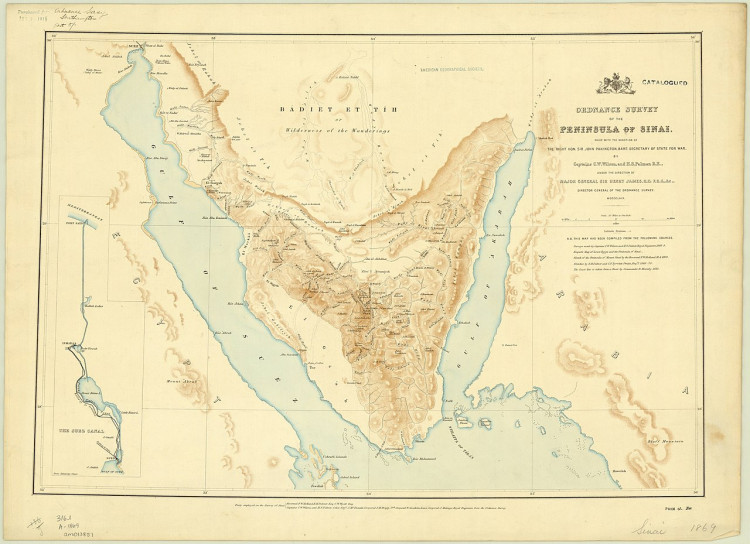As of noon on October 11th, local time, the death toll in Palestine due to intensified Israeli airstrikes on the Hamas-controlled Gaza Strip has risen to 1,055, with another 5,184 injured. Meanwhile, Israeli casualties are also increasing, reaching 1,200.
In Gaza, 168 buildings have been destroyed, including 10 medical facilities that have been bombed. The United Nations Relief and Works Agency for Palestine Refugees in the Near East (UNRWA) has sheltered 137,000 Palestinians in Gaza fleeing the airstrikes, reaching a saturation point of 90%.
According to UN statistics, over 260,000 of Gaza's 2 million residents are now homeless, and water facilities for over 400,000 have been destroyed.
Gaza, which has been under blockade for decades, already had a fragile infrastructure. Israel had previously cut off water, electricity, and fuel supplies to Gaza. Several international organizations have called for the establishment of humanitarian corridors to transport the injured and relief supplies.
Related Reading: What is the Gaza Strip, blocked by Israel, like?
On Tuesday, Richard Hecht, spokesperson for the Israel Defense Forces, suggested that the people of Gaza evacuate via the land crossing with Egypt. The Rafah crossing, located at the southern border of Gaza with Egypt, is the only land crossing that bypasses Israel.
Shortly after Hecht's statement, the Egyptian government announced the indefinite closure of the Rafah crossing. Before the closure, the area near the Rafah crossing was bombed by Israeli warplanes. Hecht's office later clarified his statement, and the Israel Defense Forces stated that there was no official Israeli call for Gazans to flee to Egypt.
However, before the Rafah crossing was closed, due to Israel's closure of two land crossings with Gaza and a full blockade by sea, air, and land, the only escape route for Gazans was Egypt's Sinai Peninsula.
The Gaza Strip, bordering the Mediterranean Sea, is adjacent to both Israel and Egypt. Israel controls Gaza's airspace and territorial waters, while land routes are jointly controlled by Israel and Egypt.
Egypt's oldest English daily, The Egyptian Gazette, immediately published an article on Tuesday accusing some Western and Israeli media of propaganda, trying to drag Egypt into the center of the Israeli-Palestinian conflict.
The article cites Egyptian political scholars who clearly oppose any "systematic or non-systematic" plans to drive Gazans into the Sinai Peninsula. Some scholars mentioned solutions to the Israeli-Palestinian issue that Israel and the U.S. had previously considered: relocating all Gazans to Egypt's Sinai Peninsula to prevent Gaza from becoming a powder keg.
Egyptian scholars believe that Israel's intention to drive Gazans into Egypt is an attempt to shirk responsibility. As the aggressor in Gaza, Israel should be responsible for opening humanitarian corridors and allowing civilians to evacuate. The scholars emphasized that the only solution to the Israeli-Palestinian issue is the "two-state solution," allowing Palestine to establish its own state.
Egyptian President Sisi also stated that maintaining Egypt's national security is his top priority. Egypt will not allow the Palestinian issue to be resolved at the expense of third-party interests.
Before former U.S. President Trump unilaterally recognized Jerusalem as the capital of Israel and facilitated the normalization of relations between Israel and the UAE, U.S. and Israeli politicians had repeatedly mentioned relocating Gazans to Egypt.
An op-ed in The Hill suggested that the real two-state solution for the Israeli-Palestinian issue is to establish Palestine in Gaza and Egypt's Sinai Peninsula.
Earlier, in 2017, then-U.S. Secretary of State John Kerry, Israeli Prime Minister Netanyahu, King Abdullah II of Jordan, and Egyptian President Sisi discussed relocating Gazans to the Sinai Peninsula during talks in Jordan.
This idea is not new. In the 1950s, the UN and Egypt's Nasser government had already drafted detailed plans when Gaza was still under Egyptian control. This relocation plan, which did not seek the opinion of the Palestinians, was supported by the U.S., which promised to contribute $30 million.
Although Egypt and Palestine are Arab brethren, successive Egyptian governments have had clear differences in their attitudes towards Hamas in Gaza.
Hamas is a branch of Egypt's Muslim Brotherhood. Egypt's second president, Nasser, who overthrew the Farouk dynasty to establish the Republic of Egypt, was once allied with the Brotherhood. However, due to differences in power distribution, Nasser and the Brotherhood parted ways in 1953. The following year, Brotherhood members attempted to assassinate Nasser, who survived and declared a crackdown on the Brotherhood.
Current Egyptian President Sisi also opposes the Brotherhood. It wasn't until Hamas announced in 2017 that it was severing ties with the Brotherhood that Egypt improved its relations with Hamas.
For Nasser, who had just become president in the 1950s, priorities included regaining control of the Suez Canal from Britain and France, implementing domestic economic and political reforms, and preventing the Brotherhood's influence in Gaza, rather than helping Palestine establish a state. The Egyptian government at the time also hoped to develop the desert-dominated Sinai Peninsula into an agricultural production area.
The UN's official website still retains the feasibility study report for relocating Gazans to the Sinai Peninsula from that time. Researchers suggested diverting water from the Nile to the northwest side of the Sinai Peninsula near the Suez Canal to provide water for grain cultivation.
However, this plan sparked a major riot in Gaza in 1955. Palestinian protesters clashed with Egyptian forces and attacked UN offices and warehouses in Gaza, forcing the UN to shelve the Sinai Peninsula relocation plan.
Palestinians have always sought to establish a state in the West Bank and Gaza Strip with East Jerusalem as its capital. In the Exodus, Moses led the oppressed Jews out of Egypt, crossing the Red Sea to the "Promised Land" of Canaan. Canaan roughly includes present-day Israel, Palestine, Jordan, Lebanon, and parts of Syria.
Regarding the Sinai Peninsula relocation plan that has been mentioned for many years, Palestinians see it as echoing the Exodus, but this time to allow Jews to return to Canaan and drive Palestinians from their homeland to Egypt.






